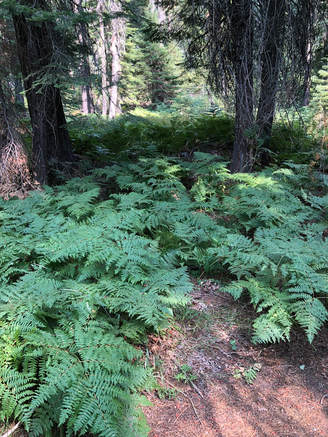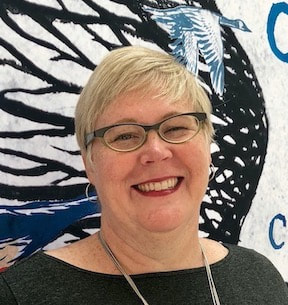 This week I spent several days with representatives from the Maidu community, government agencies, non-profits, and academia in Genesee Valley, Plumas County. We camped in a beautiful stand of trees during the hottest day of the year and got drenched in a thunderstorm and talked and laughed and learned together. It was an honor to be invited to participate in this gathering. I learned so much that it’s hard to capture in a short article.
We talked and talked and talked about future projects that balance fire resistance with timber production and ecosystem restoration. These kinds of meetings are critical to California’s future, and we need to talk a lot more about how to best model the way and scale up projects to cover our entire forest landscape. For more information about Genesee Valley and forest planning, visit these websites: http://www.geneseefireplan.org/news.html http://www.plumasaudubon.org/genesee-valley.html http://www.frlt.org/conserve-land/success-stories/heart-k-ranch
2 Comments
|
Marty WaltersEnvironmental Scientist Archives
March 2021
Categories
All
|
Proudly powered by Weebly


 RSS Feed
RSS Feed